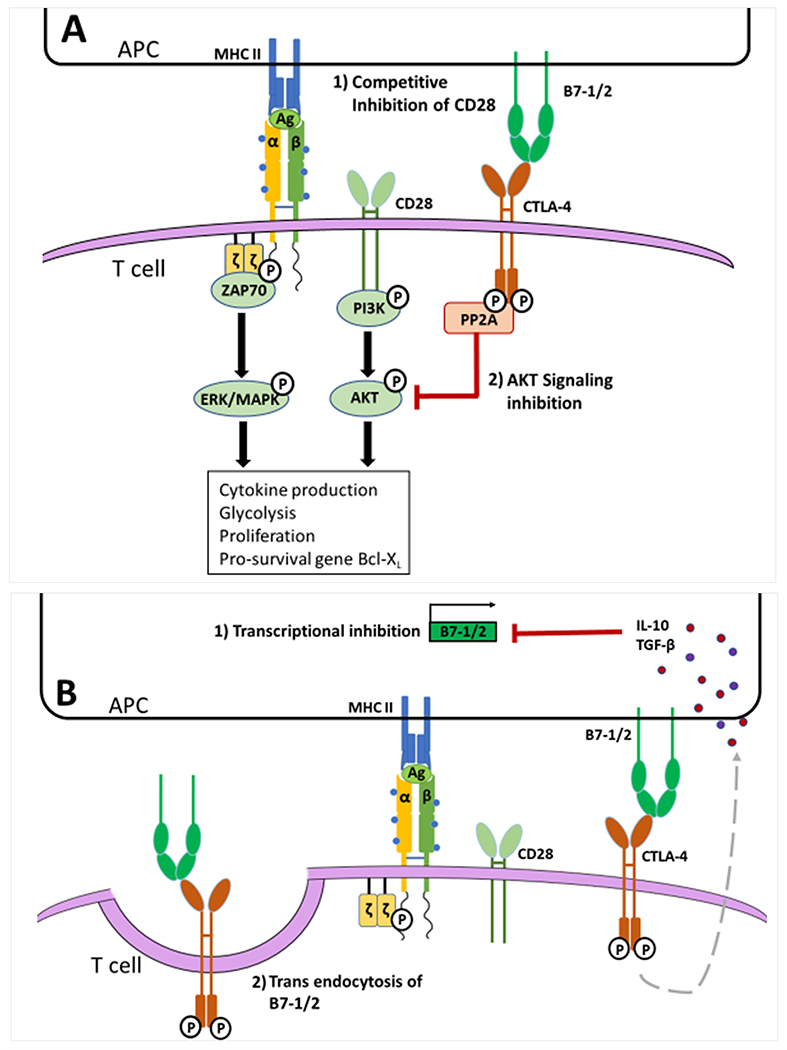Figure 3. CTLA-4 suppresses T cells through both T cell intrinsic and extrinsic mechanisms:

A. Upon TCR activation CTLA-4 is expressed on the T cell surface and exerts cell intrinsic inhibition. CTLA-4 outcompetes CD28 for the B7-1/2 ligands resulting in reduced CD28 stimulatory activity. CTLA-4 also recruits the phosphatase PP2A to its phosphorylated cytoplasmic tail. Active PP2A dephosphorylates AKT preventing downstream signaling; thus, inhibiting T cell activity, proliferation, and survival. B. Following CTLA-4 phosphorylation and ligation, a signal cascade is initiated by which IL-10, TGF-β, and soluble-CTLA-4 (not shown here) are upregulated. These signaling molecules are endocytosed by the APC and inhibit the transcription of B7-1 and B7-2, reducing the amount of B7-1/2 surface expression by APCs and preventing CD28 stimulation. When CTLA-4 binds to B7-1/2 it can also trigger trans endocytosis of these ligands. This reduces the surface expression of B7-1/2 on the APC and further hinders the ability of CD28 to be stimulatory.
